
AeroGenie — Your Intelligent Copilot.
Trending
Categories
China Develops Engine Capable of Speeds Over 12,000 mph, Enabling Near-Global Travel in Two Hours
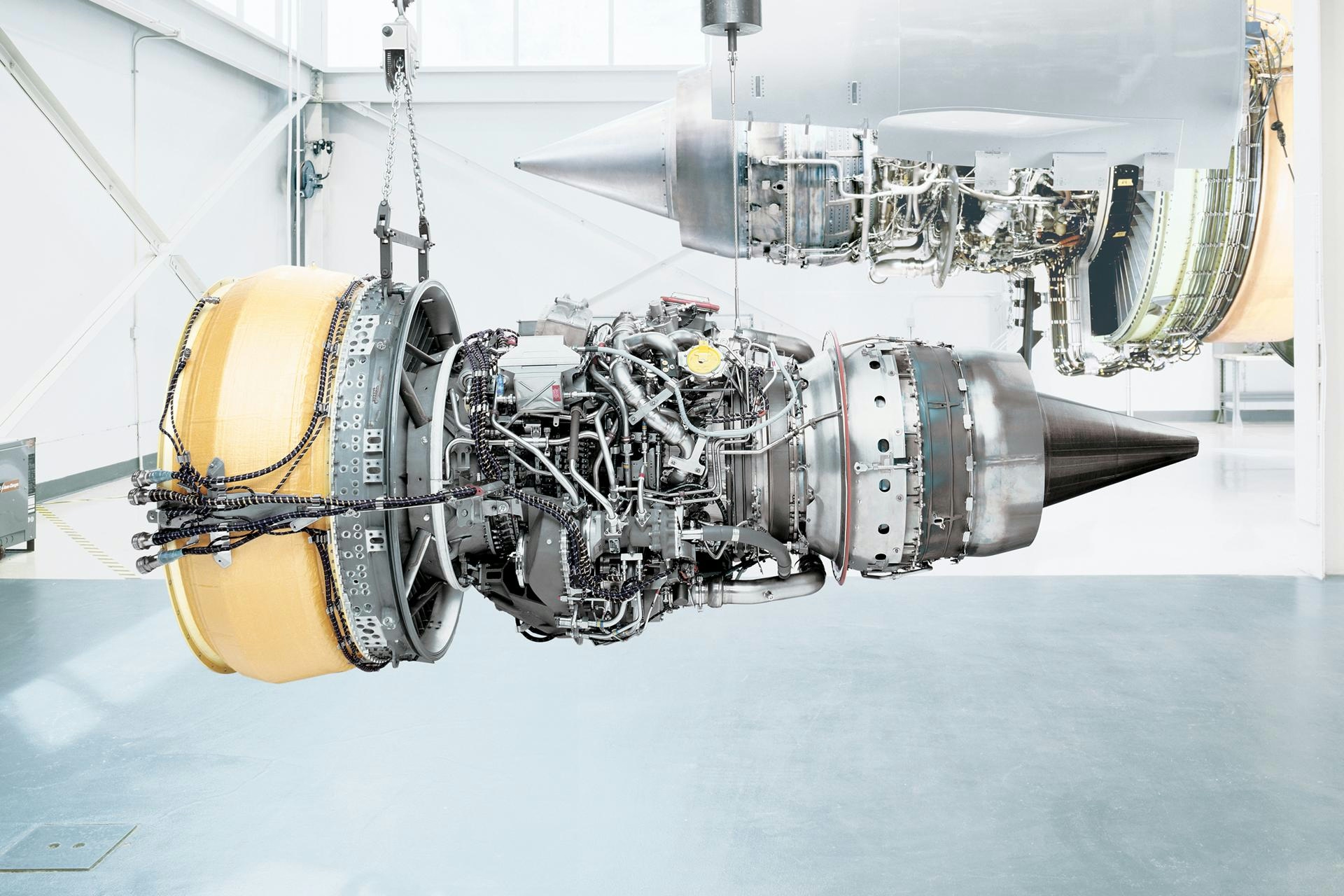
China Develops Engine Capable of Speeds Over 12,000 mph, Enabling Near-Global Travel in Two Hours
China has announced a major advancement in aerospace technology with the development of a hypersonic engine capable of propelling aircraft at speeds exceeding 20,000 kilometers per hour (over 12,000 miles per hour). This breakthrough holds the potential to revolutionize global air travel by drastically reducing journey times, while also carrying significant implications for military strategy and international competition.
Technological Innovation: Dual-Mode Hypersonic Engine
The engine represents a significant technological milestone through its dual-mode operation. At speeds up to Mach 7, it utilizes rotary detonation, a process that enhances energy efficiency by compressing and igniting air within a cylindrical chamber, producing a spiral detonation wave. This mechanism allows for more effective energy use and higher velocity. Beyond Mach 7, the engine switches to oblique detonation mode, employing an inclined intake to compress air prior to ignition, thereby generating increased thrust and stability at extreme hypersonic speeds. This dual-mode capability distinguishes the engine as a pioneering development in propulsion technology.
Implications for Global Travel and Military Strategy
If successfully implemented on a commercial scale, this technology could transform the nature of long-distance travel. Flights such as Paris to New York could be completed in approximately two hours, London to Beijing in one hour, and Buenos Aires to Madrid in three hours. Such reductions in travel time would effectively shrink global distances, with profound effects on business, tourism, and international connectivity.
Beyond civilian applications, the engine’s capabilities have significant military and geopolitical ramifications. Hypersonic propulsion could enable the creation of missiles and combat aircraft capable of evading existing defense systems, thereby altering the strategic balance among major powers. The development intensifies the ongoing race among nations, particularly the United States, China, and Russia, to master hypersonic technology, raising concerns about global security and stability.
Challenges and Future Prospects
China’s breakthrough is expected to intensify competition within the global aerospace industry, prompting accelerated research and development efforts and potential strategic partnerships. However, widespread adoption faces numerous obstacles, including stringent regulatory requirements, technological complexities, and the risk of market saturation as multiple entities pursue similar advancements.
Moreover, the environmental impact of hypersonic travel remains uncertain. Issues such as emissions and noise pollution require thorough evaluation, alongside ethical considerations related to the potential militarization of the technology. While the engine marks a significant step forward, its large-scale viability and broader implications will depend on overcoming these technical, regulatory, and environmental challenges.
As the world approaches a new frontier in aviation, the development underscores the critical need for responsible innovation and international cooperation to navigate the complex landscape shaped by hypersonic technology.

Qatar Airways and Emirates Place Major Wide-Body Jet Orders Amid GCC Aviation Growth

The Role of Flight Engineers in Modern Aviation

Emirates and Japan Airlines Introduce AI-Driven Safety Systems Amid Aviation’s Digital Shift

Asia-Pacific Low-Cost Carriers Strengthen Market Position
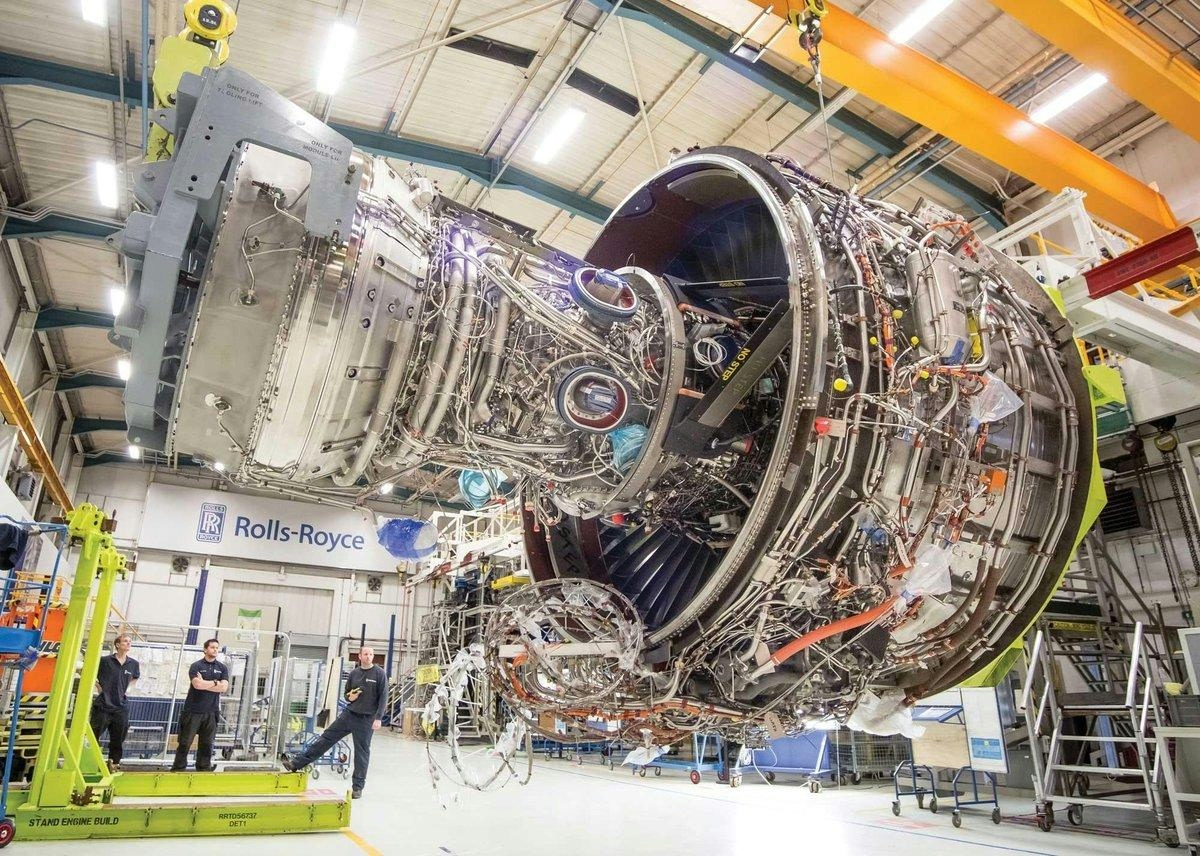
Rolls-Royce Relies on Dust Testing for Trent XWB-97 Durability Upgrades
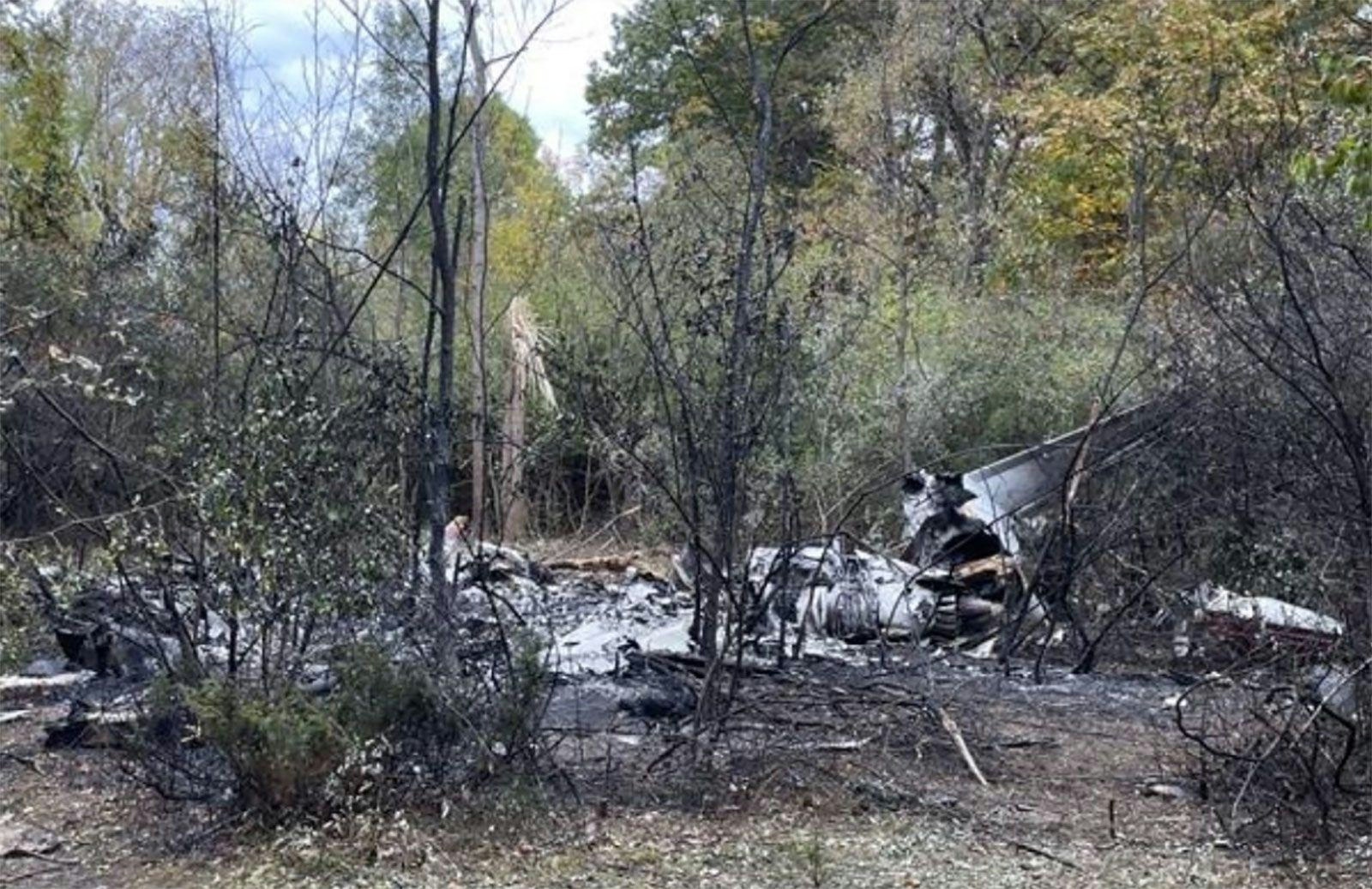
Hawker 800XP Crashes During Post-Maintenance Stall Test in Michigan
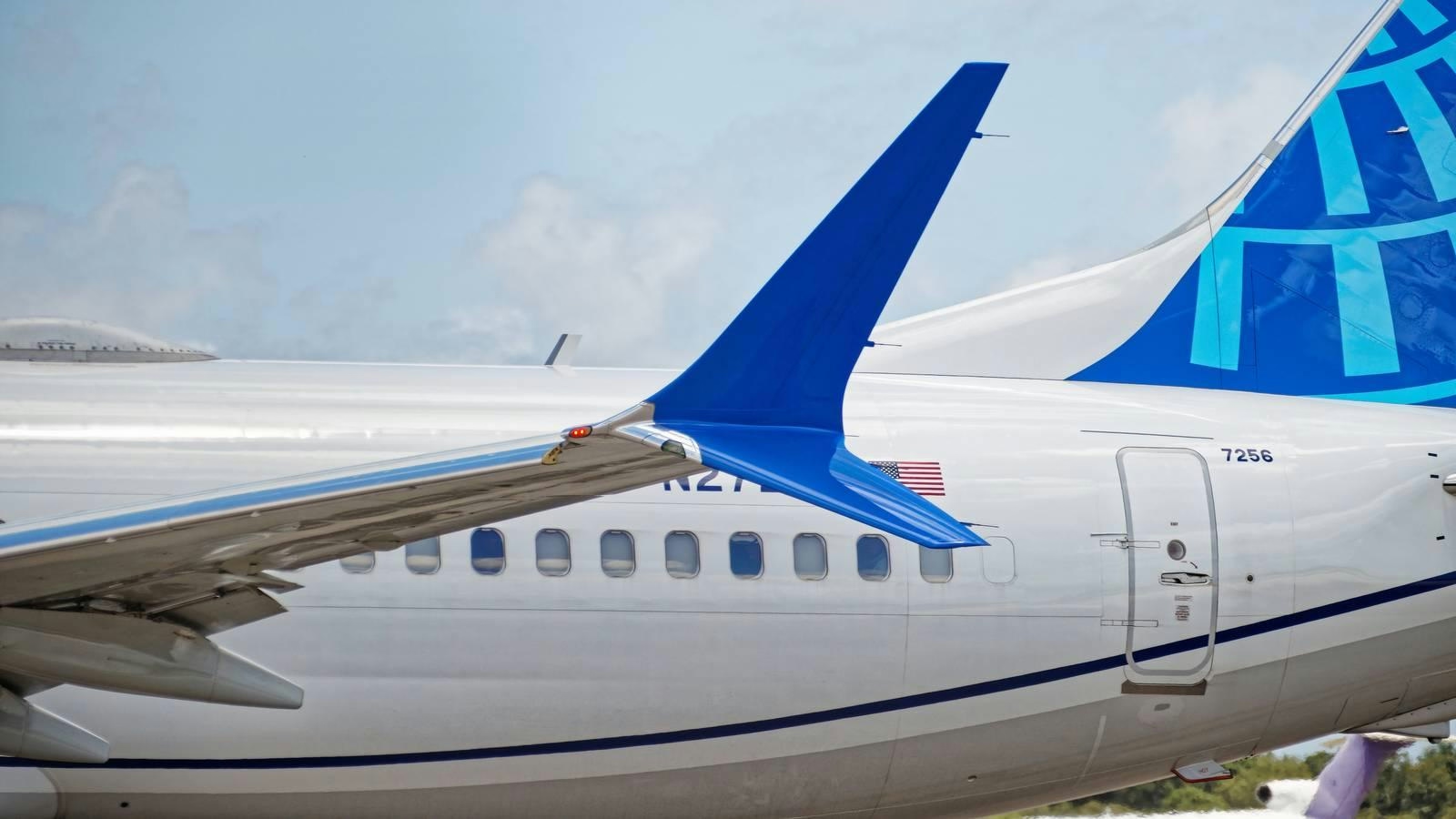
Top 10 US-Canada to Europe Routes for Narrowbody Aircraft
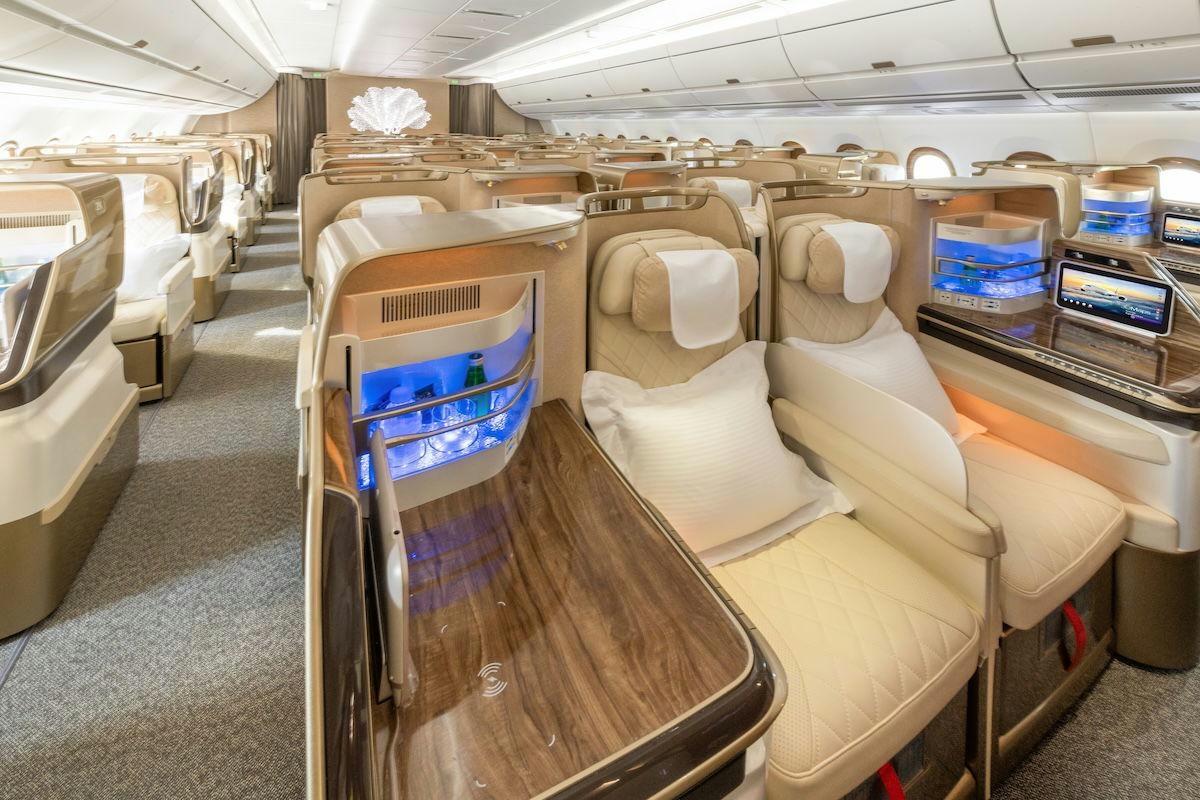
Emirates Plans to Order at Least 30 Airbus A350-1000 Jets
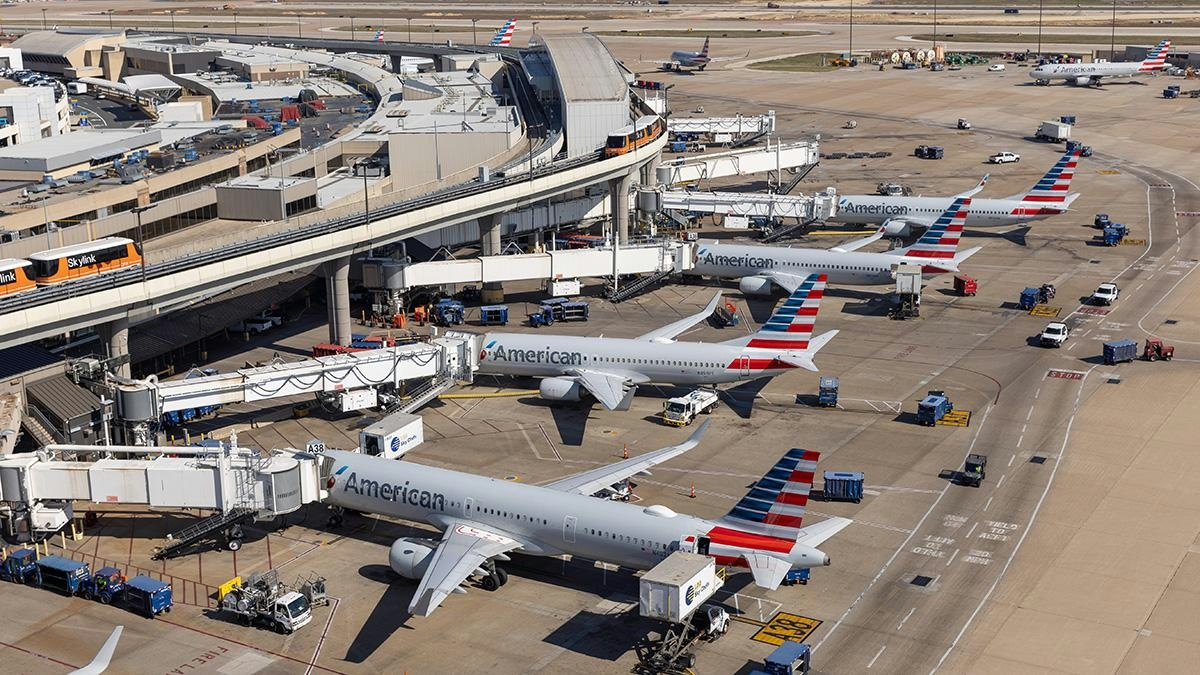
Airline to Operate World’s Largest Mainline Fleet in 2025
